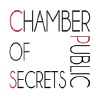
Pre Opening Events
Pera + Flora + Fauna exhibition will open to the public from 23 April to 27 November 2022, Archivi della Misericordia, Cannaregio 3549.
Please note that the programme on 20, 21 & 22 April 2022 is for accredited press and/or guests with invitations.
21 April 2022, Thursday
3.45 PM – 4:15 PM
Performance: The human status, Indigenous Me-We
A special live event by and with Ronnie Bahari, Shazni Bhai, Stefano Cagol, Amir Zainorin, Dorian Batycka, David Lopez, Khaled Ramadan & Yahya Torek.
4:20 PM – 4:50 PM
Performance: Ssegar Angin: The Healing Art Project
Exhibitors/ Performers: Kamal Sabran and Aida Redza
6:00-7:00PM
Curators’ Walk
Curators: Amir Zainorin, Dr. Khaled Ramadan, Annie Jael Kwan, & Camilla Boemio
22 April 2022, Friday
4:20 PM – 4:50 PM
Performance: Ssegar Angin: The Healing Art Project
Kamal Sabran and Aida Redza
5:30PM – 6.45PM
Forum: Pera+Flora+Fauna: The Ownership of Indigenousness and the Social Construction of Nature
Panelists: Henry Meyric Hughes (Honoree president AICA, UK), Alfredo Cramerotti (director of MOSTYN Wales), Ong Jo-Lene (Curator, Hartwig Art Production-Collection Fund) and curators Camilla Boemio and Annie Jael Kwan.
Moderator: Art writer and curator, Dorian Batycka.
7:00PM – 9:00PM
Official inauguration: PORT Perak Collateral Event of the 59th International Art Exhibition – La Biennale di Venezia
PANEL
Pera+Flora+Fauna: The Ownership of Indigenousness and the Social Construction of Nature
Panelists: Henry Meyric Hughes (Honoree president AICA, UK), Alfredo Cramerotti (director of MOSTYN Wales) and curators Camilla Boemio and Annie Jael Kwan.

The invited panelists will share their observations and interpretations around the concept of Ownership of Natural History, attempting to contextualize the notion of natural history and why it cannot be independent of the intellectual, artistic, emotional, and technological resources available to us in the industrialized world.
Additional questions to be addressed regard how we can make nature our intellectual and spiritual guide, how our current understanding of nature has been constructed, and how it has led us down the specific path of environmental destruction we currently follow.
This complex relationship between aesthetic experience and the development of an ethical attitude towards nature bring to our attention the need to search for new perceptual, normative values regarding how to experience nature, how to facilitate the beneficial effects of building an aesthetic connection with nature, and how to employ restorative value in nature so it can contribute to our contentment.
PERFORMANCES
The human status: Indigenous Me-We
The human status, Indigenous Me-We is a special live event by and with Ronnie Bahari, Shazni Bhai, Stefano Cagol, Amir Zainorin, Dorian Batycka, David Lopez, Khaled Ramadan & Yahya Torek.
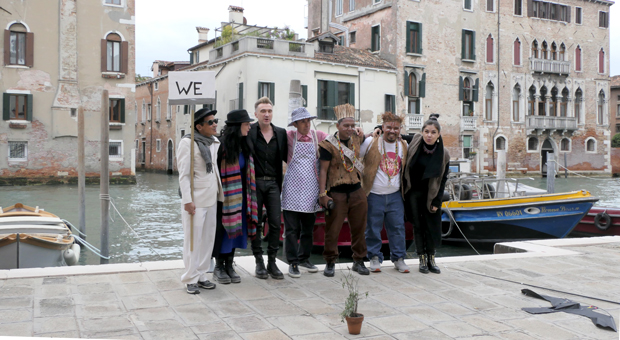
Statue Wars! – 2020 was the year of acceleration of removal of statues from around the world. Controversial statues that represent dark chapters in humanity’s history were removed by the global protest movement in an attempt to rewrite human history and to bring attention to the other parts of the story.
For some, taking down urban memorials was an act to censor, whitewash, and potentially forget about history – a history that would be lost – and they argued that statues do not cause discrimination and could be used to fight prejudice if put into historical context.
In Art of Darkness, Rosetta Giuliani Caponetto argues that the aestheticisation of native populations and the propagandist production of photographs, drawings, and written accounts, especially of African natives, indicate that Colonialism had found a powerful instrument for capturing the Western imagination in depictions of the indigenous as a dark phantasm to be conquered. Such depictions and associated narratives continue to influence the perception of indigenousness. Therefore the independent re-writing stories of indigenousness from the Western mainstream socio-political consciousness remains an unachievable dream.
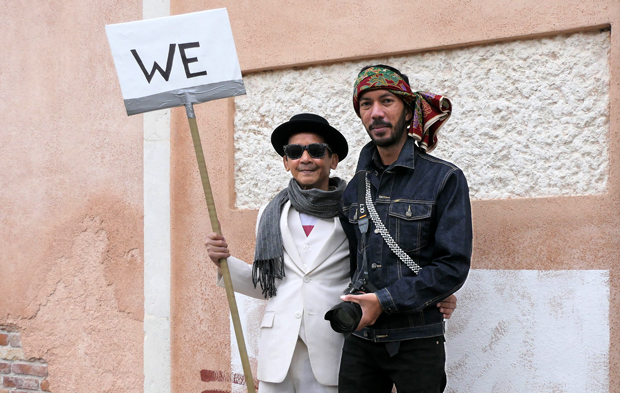
This special performative event addresses the dehumanization / re-humanization of the indigenous people around the world. The special event attempts to rewrite the status of indigenousness, inspired by Muhammad Ali’s short poem ‘me/we’, where life is about the spirit of sharing and generosity, community rather than individuality, and we rather than me.
An event not to be missed.
Ssegar Angin: The Healing Art Project
Kamal Sabran in collaboration with Aida Redza
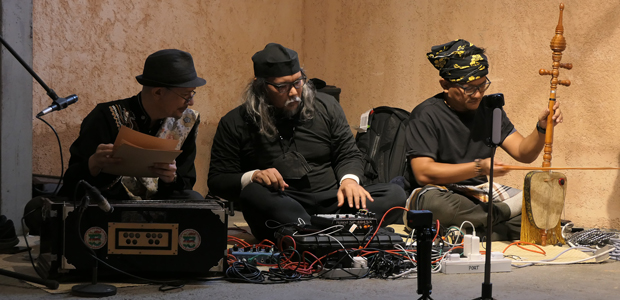
Ssegar Angin: The Healing Art Project uses sound and body movement to heal the internal psychic and spiritual body based on Malay traditional healing performances such as Main Puteri and Mak Yong. Traditional healing performances have existed in Malay culture for hundreds of years up to the present day, and include the use of sound/music, movements, and mantras to address different kinds of ailments. There are three elements in the Ssegar Angin performances – the music (soundscape by sound artist), body movements (choreography inspired by Main Puteri/Mak Yong), and Jjampi (mantras recited by bomoh).
Ssegar Angin is a process of revitalizing the internal psychic and spiritual healing energy transpiring within the panggung, or stage, through sound and movement. It is an embodiment of the metaphysical relationship between creation and the Creator. The sounds of the instruments, movements and chanting activate the angin or semangat of the participants and makes them receptive to the performance stimuli, surrendering (serah diri) their physical and psychic self to reverberate the music, movements and the chanting and thus re-energize the angin.
We the Mengkuang
Projek Rabak
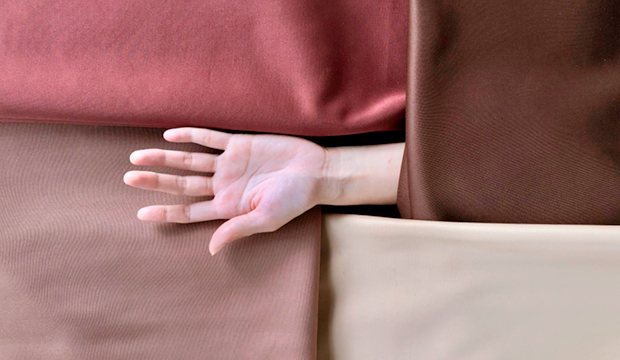
We the Mengkuang (Pandanus plant) is a performance piece by Projek Rabak that reflects on the slow disappearance of Semai culture alongside the increased adoption of resources outside of their community, via the lenses of garment modernization and the integration of apparel for modern living. One very apparent change is their everyday use of fabric and clothing such as shirts and jeans, preferred over their previously traditional crafted mengkuang (tree bark) clothing and mengkuang-weaved accessories. This suggests the dwindling requirement for the need for their craft of traditional clothing and accessories in the presence of a more easily acquired alternative, which is examined in the exhibit’s choice and usage of the fabric as installation instead of the traditional weaved mengkuang.
However despite these outward and pragmatic changes of practice in relation to their visual identity, the Semai people continue to embody their culture’s strong emphasis on collective spirit, collaboration, community values and maintaining closeness to one another. This belief and approach are reflected in their traditions of weaving – the continuous and meditative interlacing of the physical and spiritual worlds, with the entwining of tradition, history, evolution and ecology.
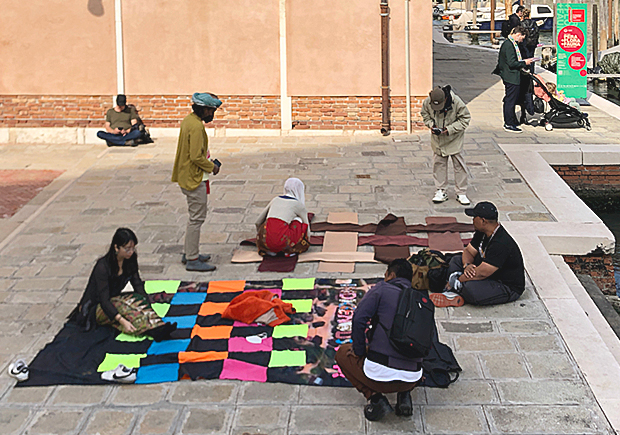
We the Mengkuang invites attendees to join the artist in an interaction by becoming the ‘mengkuang leaf’ themselves to become part of the fabric that is woven, in the artwork as well as part of a larger meditation on humanity and its relationship with the environment. During the performance the artist will weave big strips of fabric (in colors and hues corresponding to their traditional garment) using the same traditional method of weaving with mengkuang leaves. The artist will intentionally leave blank spaces in between the strips, allowing the artist to use her entire body as a participating strip that interlocks with the crafting, becoming part of the fabric. The artist then invites members of the public to join her to interweave themselves as a collective gesture that acknowledges and intercedes with the Semai’s world of collectivism, connectedness, shared responsibilities, openness and adaptability.
